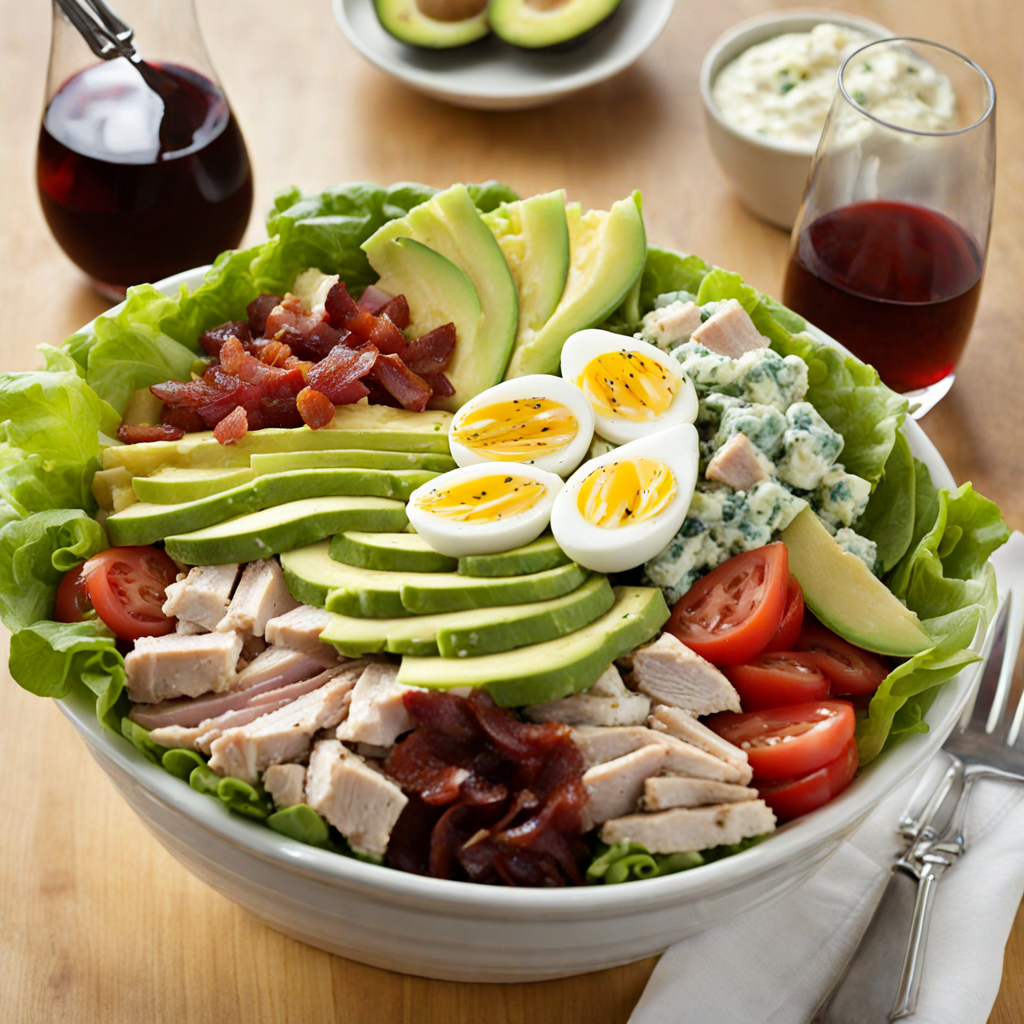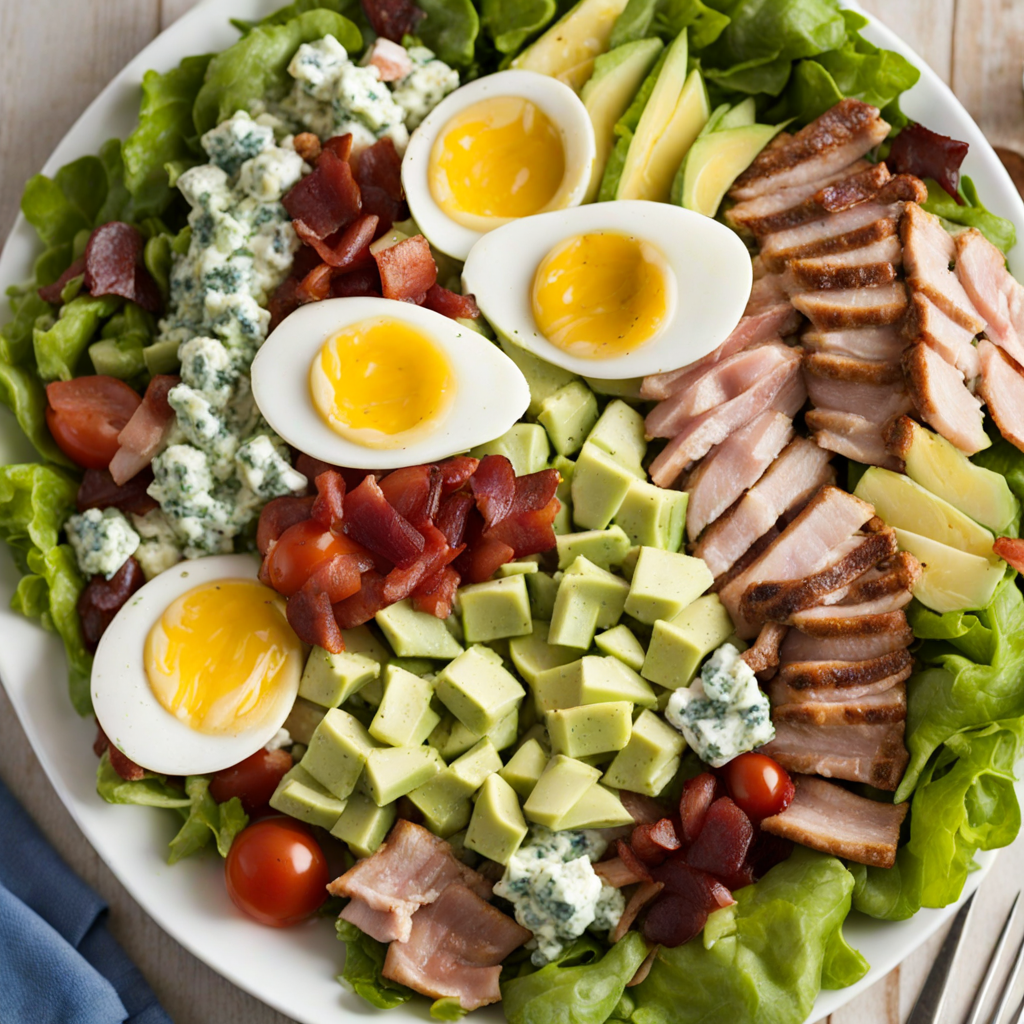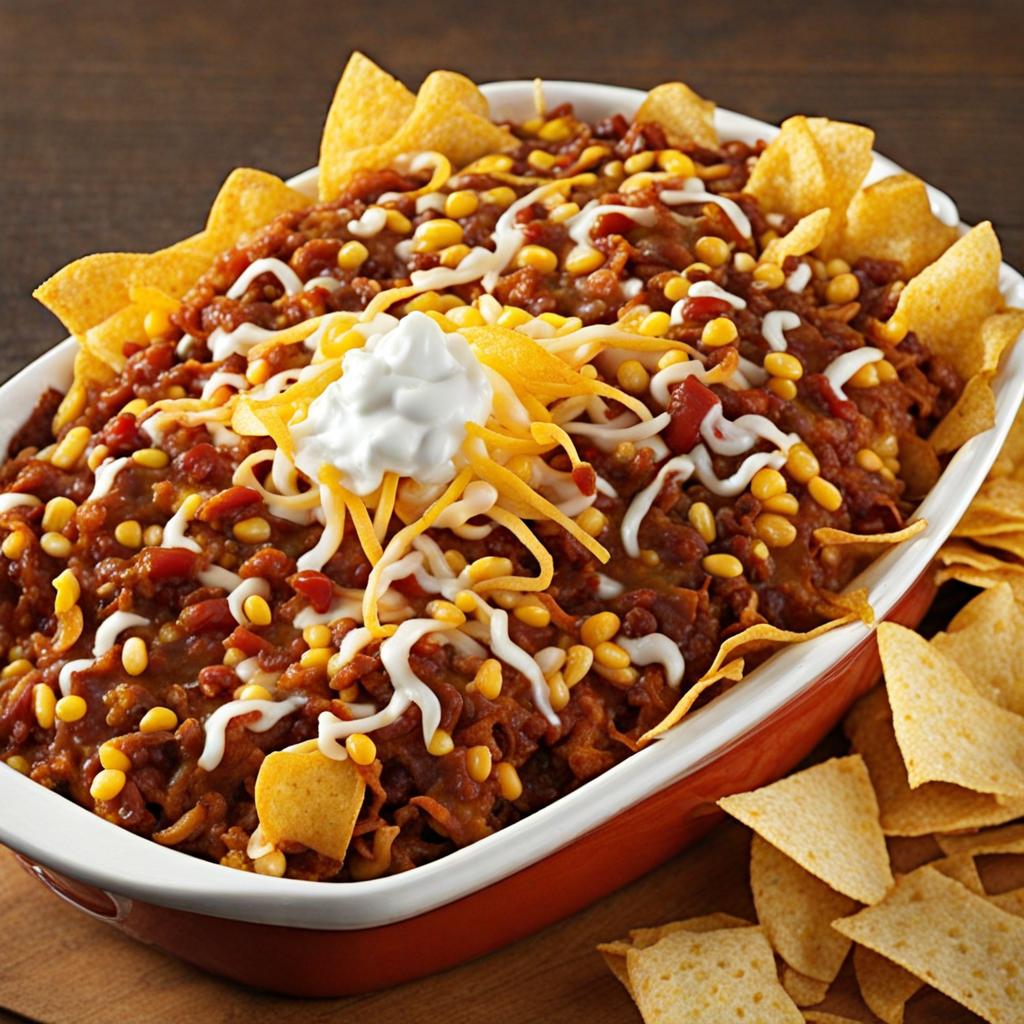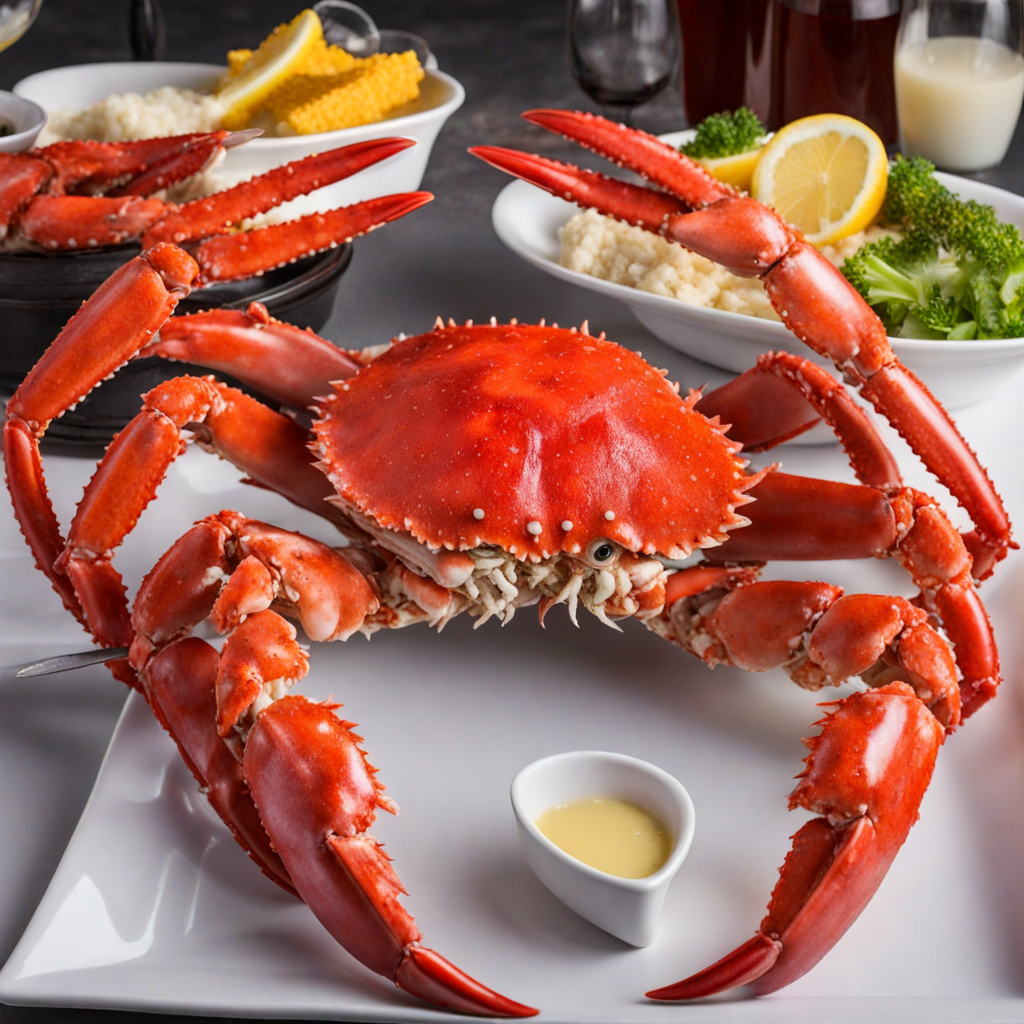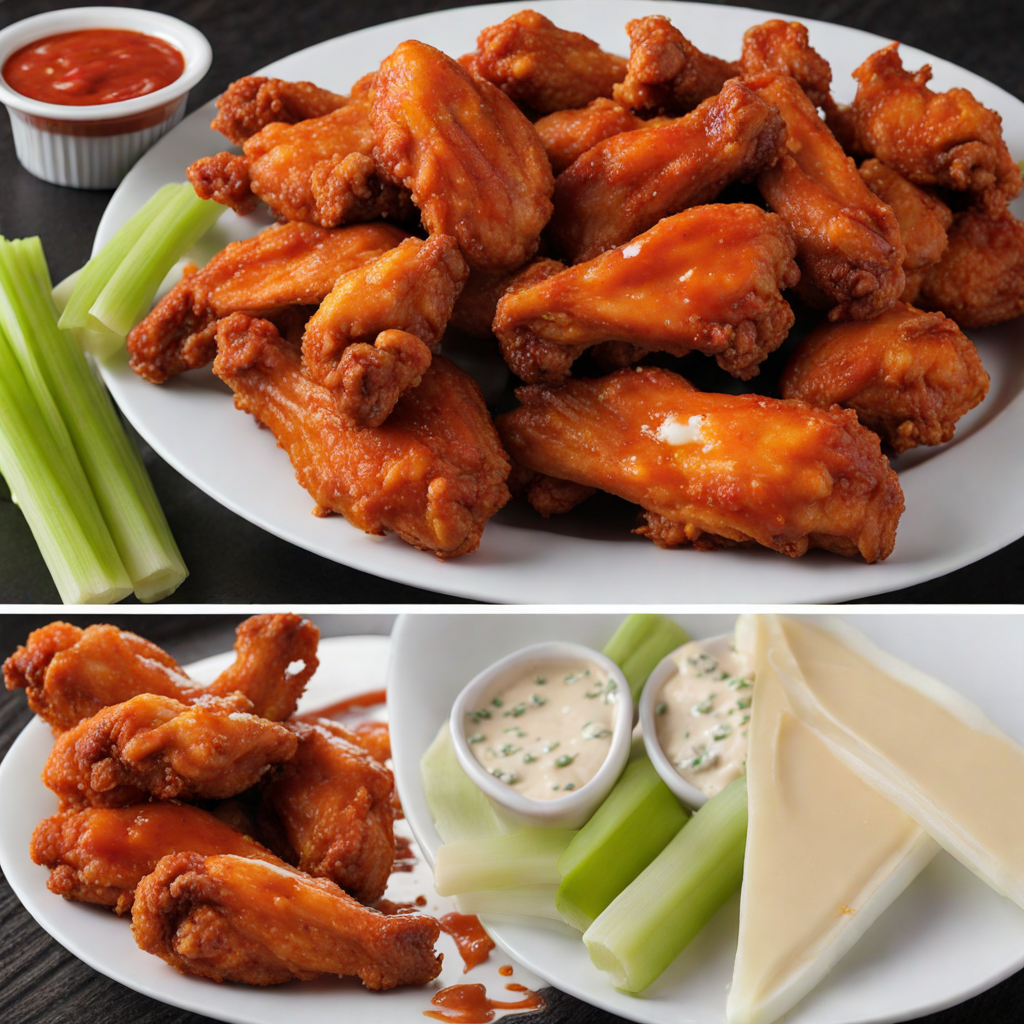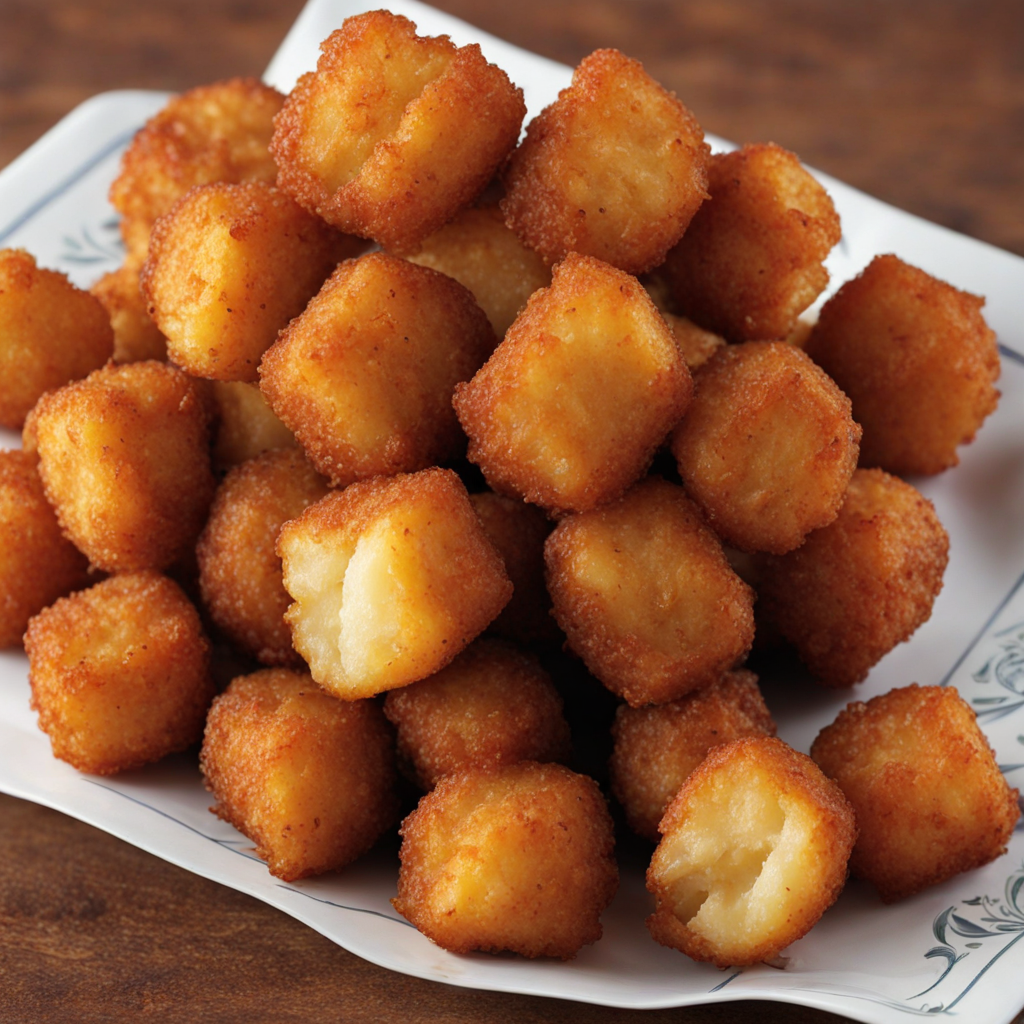Cobb Salad
Cobb Salad is a classic American dish that embodies the essence of fresh, vibrant ingredients, making it a perfect choice for those seeking a delightful culinary experience. Originating from Hollywood in the 1930s, this salad features a colorful array of chopped salad ingredients meticulously arranged on a plate. The base typically consists of crisp romaine lettuce, supplemented by fresh greens such as watercress or spinach, which provide a refreshing crunch. The standout feature of a Cobb Salad is its combination of textures and flavors, with each ingredient contributing to a harmonious balance that delights the palate. In addition to the greens, a traditional Cobb Salad is generously topped with diced tomatoes, creamy avocado, crispy bacon, hard-boiled eggs, and grilled chicken breast. The smoky flavor of the bacon, paired with the rich, buttery texture of the avocado, creates a satisfying contrast that elevates the dish. The hard-boiled eggs add a touch of creaminess and protein, while the grilled chicken offers a hearty element, making this salad both filling and nutritious. The vibrant colors of the ingredients make the salad visually appealing, inviting diners to dig in. To enhance the flavors, a classic Cobb Salad is often drizzled with a tangy red wine vinaigrette or a creamy blue cheese dressing, both of which complement the fresh ingredients beautifully. The dressing not only adds moisture but also intensifies the flavors, creating a delicious blend of savory and zesty notes. Whether enjoyed as a light lunch or a satisfying dinner, Cobb Salad is a versatile dish that showcases the best of American cuisine, offering a refreshing and hearty experience for anyone eager to explore new tastes.
How It Became This Dish
The Cobb Salad: A Culinary Journey The Cobb Salad, a quintessential American dish, is a vibrant medley of flavors, colors, and textures that has captured the hearts and palates of diners across the United States since its inception. Its story is not only one of culinary creativity but also one that reflects the cultural shifts and dining practices of America throughout the 20th century. #### Origins The Cobb Salad is believed to have originated in the early 1930s at the Brown Derby restaurant in Hollywood, California. The restaurant was a hub for Hollywood's elite, frequented by stars, producers, and directors. The founder, Bob Cobb, was known for his inventive spirit in the kitchen. Legend has it that one evening, after a long day of work, Cobb decided to whip up a late-night snack. He rummaged through the kitchen and combined leftover ingredients, including lettuce, tomatoes, bacon, chicken, hard-boiled eggs, avocado, and blue cheese, into a hearty salad. The salad was an instant hit, becoming a favorite among the restaurant's patrons. Its name, “Cobb Salad,” was a nod to its creator, Bob Cobb, and it quickly became a signature dish that defined the Brown Derby's menu. The salad's rich combination of ingredients and flavors represented a shift in American dining, moving towards more diverse and eclectic offerings. #### Cultural Significance The Cobb Salad emerged during a period when American cuisine was evolving. The 1930s marked a time of economic hardship due to the Great Depression, yet it was also a decade of innovation in the culinary world. As people sought affordable yet satisfying meals, dishes like the Cobb Salad provided a nutritious option that required no cooking and made use of available ingredients. Moreover, the salad's presentation was visually appealing, with its colorful layers and textures, making it an attractive choice for diners. The Cobb Salad epitomized the American ideal of abundance and resourcefulness, showcasing how one could create a filling meal from what might typically be considered leftovers. The salad also resonated with the burgeoning health-conscious movement in America. As people became more aware of nutrition and diet, the Cobb Salad offered a balanced meal with protein from chicken and eggs, healthy fats from avocado, and a bounty of vegetables. This emphasis on fresh ingredients and healthful eating contributed to the salad's lasting popularity. #### Development Over Time As the decades progressed, the Cobb Salad underwent various transformations, adapting to changing tastes and dietary trends. By the 1940s and 1950s, the salad had made its way into the home kitchens of Americans. Cookbooks began featuring the Cobb Salad, and it became a staple at dinner parties and gatherings. Its versatility allowed for numerous variations; some cooks added seasonal ingredients while others modified the dressing based on personal preferences. In the 1960s and 1970s, the salad gained further popularity as the health food movement took hold. The rise of fast food chains also influenced the way salads were viewed—a quick and easy option for lunch. The Cobb Salad, with its hearty ingredients, became an appealing choice for those seeking a more substantial meal over traditional, lighter salads. The 1980s and 1990s saw the emergence of gourmet and upscale versions of the Cobb Salad in restaurants. Chefs began to experiment with the classic recipe, introducing new ingredients such as grilled shrimp or smoked salmon, and incorporating artisanal cheeses and homemade dressings. The dish became a canvas for culinary creativity, allowing chefs to showcase local and seasonal produce while maintaining the essence of the original Cobb Salad. In the early 21st century, as dietary preferences shifted towards vegetarianism, veganism, and gluten-free options, the Cobb Salad adapted once again. Restaurants began to offer plant-based versions, substituting chicken with tofu, chickpeas, or tempeh, and using vegan dressings. The classic Cobb Salad remained a beloved choice, but its flexibility allowed it to cater to a wider audience. #### Modern Interpretations Today, the Cobb Salad can be found on menus across the United States and beyond, often featured in both casual and fine dining settings. Its enduring appeal lies in its adaptability and the ability to reflect local tastes and seasonal ingredients. From gourmet bistros to casual diners, variations of the Cobb Salad continue to pop up in innovative forms, such as the “Southwestern Cobb Salad” with black beans, corn, and avocado dressing, or “Mediterranean Cobb” with olives, feta cheese, and a lemon-olive oil dressing. Additionally, the rise of food culture in the digital age has allowed for the sharing of countless Cobb Salad recipes and interpretations online, inspiring home cooks and chefs alike to recreate and reimagine this classic dish. Social media platforms have played a crucial role in popularizing unique takes on the Cobb Salad, fostering a sense of community around food and cooking. #### Conclusion The Cobb Salad's journey from a late-night creation in a Hollywood restaurant to a beloved American staple reflects the dynamic nature of American cuisine. It embodies the spirit of creativity and resourcefulness, adapting to cultural shifts, dietary trends, and evolving tastes. As we enjoy the Cobb Salad today, we not only savor a delicious meal but also partake in a rich history that is deeply intertwined with the American experience. Whether served at a lavish dinner party, a casual lunch, or as a simple home-cooked meal, the Cobb Salad continues to be a symbol of culinary innovation and cultural significance in the United States.
You may like
Discover local flavors from United States


